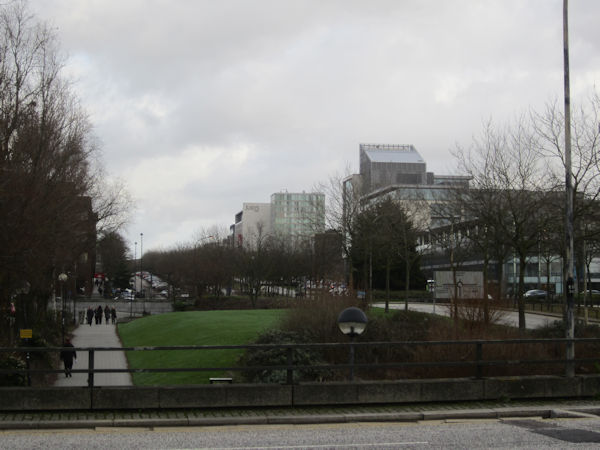|
|
|
|
Milton Keynes is one of those strange things called a Government New Town. They were the 1960s solution to overpopulation and crowding in existing towns. Aside from the matter of needing places for people to live without simply indulging in unlimited urban sprawl, there was also the small matter that old towns had narrow roads, limited parking opportunities, small shops, outdated offices and lots of private land that limited opportunities to resolve these problems. Town planning in such environments was practically Medieval, owing to that being when most town centres were laid out. By contrast, the New Town concept brought nice broad straight lines with everything planned around a modern large urban population. Things could be placed in suitable locations and properly linked into other things. Roads could be made into scenic features with grand boulevards and fancy tarmac. Subways resolved the problem of getting people around road interchanges - old towns had the problem that the designers had assumed, so far as they assumed anything, that pedestrians could simply stroll across the road between the ox-carts. Milton Keynes is the iconic New Town, developed on an entirely green field site adjacent to the village of Milton Keynes. Developed from 1967 onwards, it has a grid pattern of roads around Modernist buildings. Opinions are mixed. It has few traffic problems. Ironically this means it presents a rather dead air compared to the cheery congestion of other large British towns. Careful forward planning meant that the place was developed during the West Coast Mainline modernisation of the 1960s and the town centre was placed near the railway. No station was actually provided until 1982. The Grand Union Canal also passes through the town, which is located in an area generally popular for intercity trunk transport routes. Recent expansion has moved towards abandoning the grid format in favour of a more conventional layout that makes better use of the land - by, for example, not wasting valuable room on green spaces, wide pavements or trees. |
